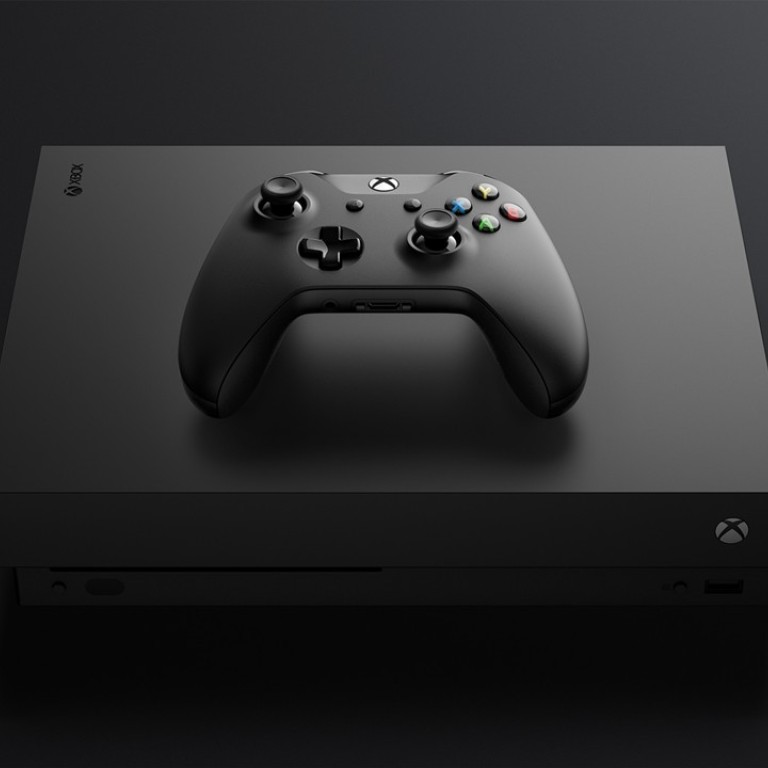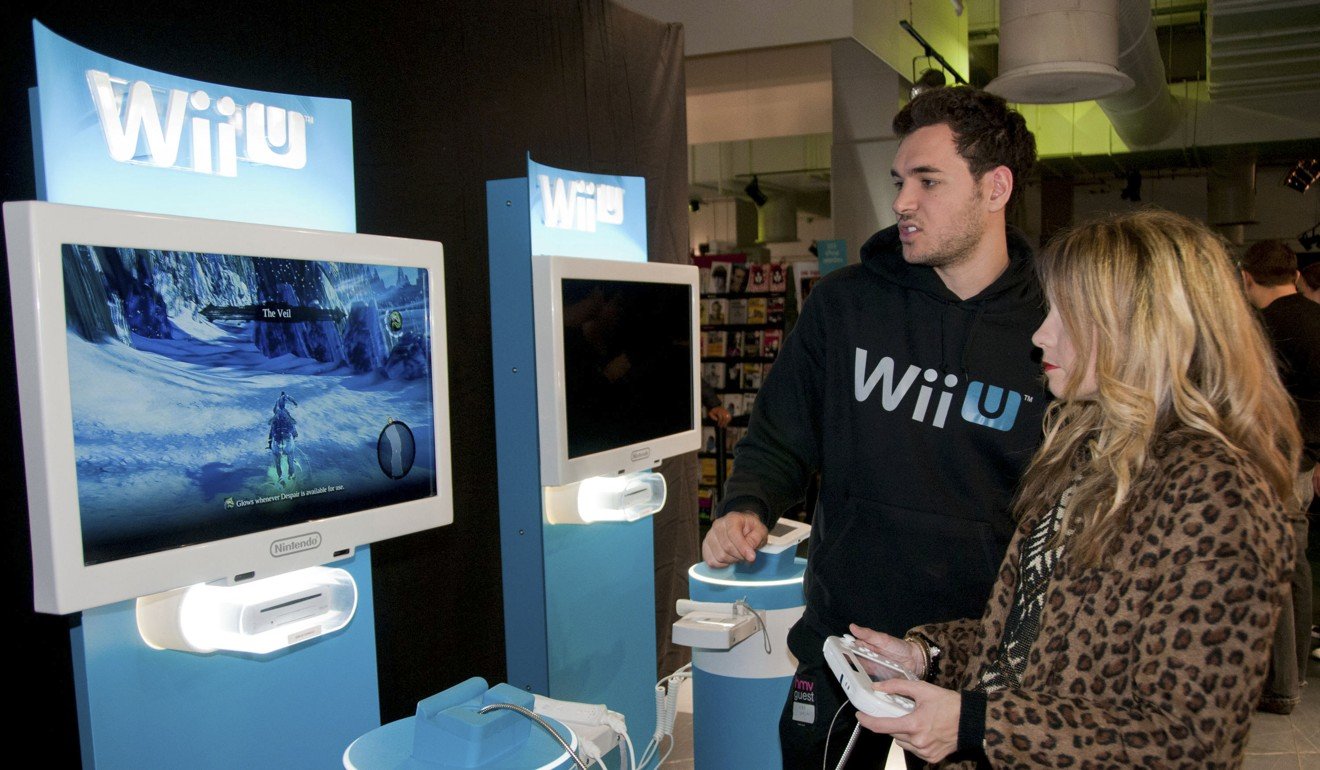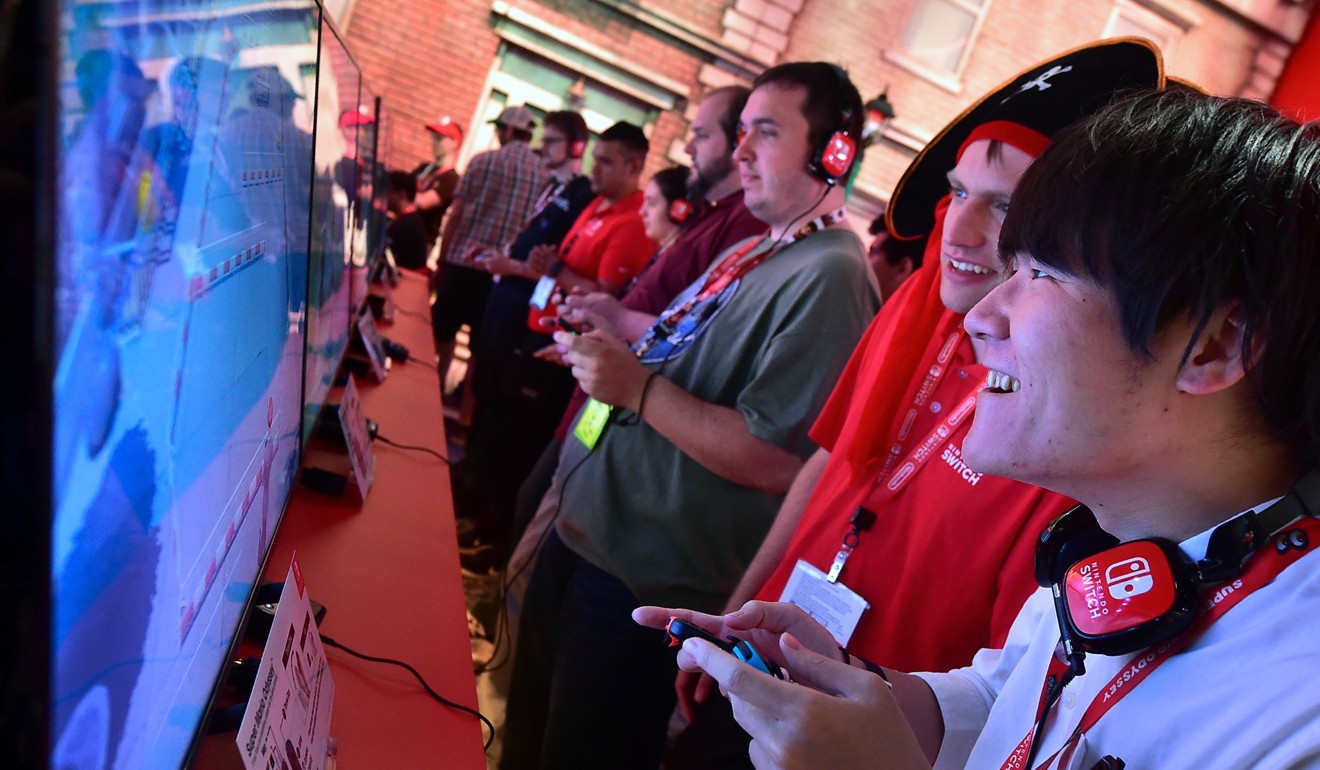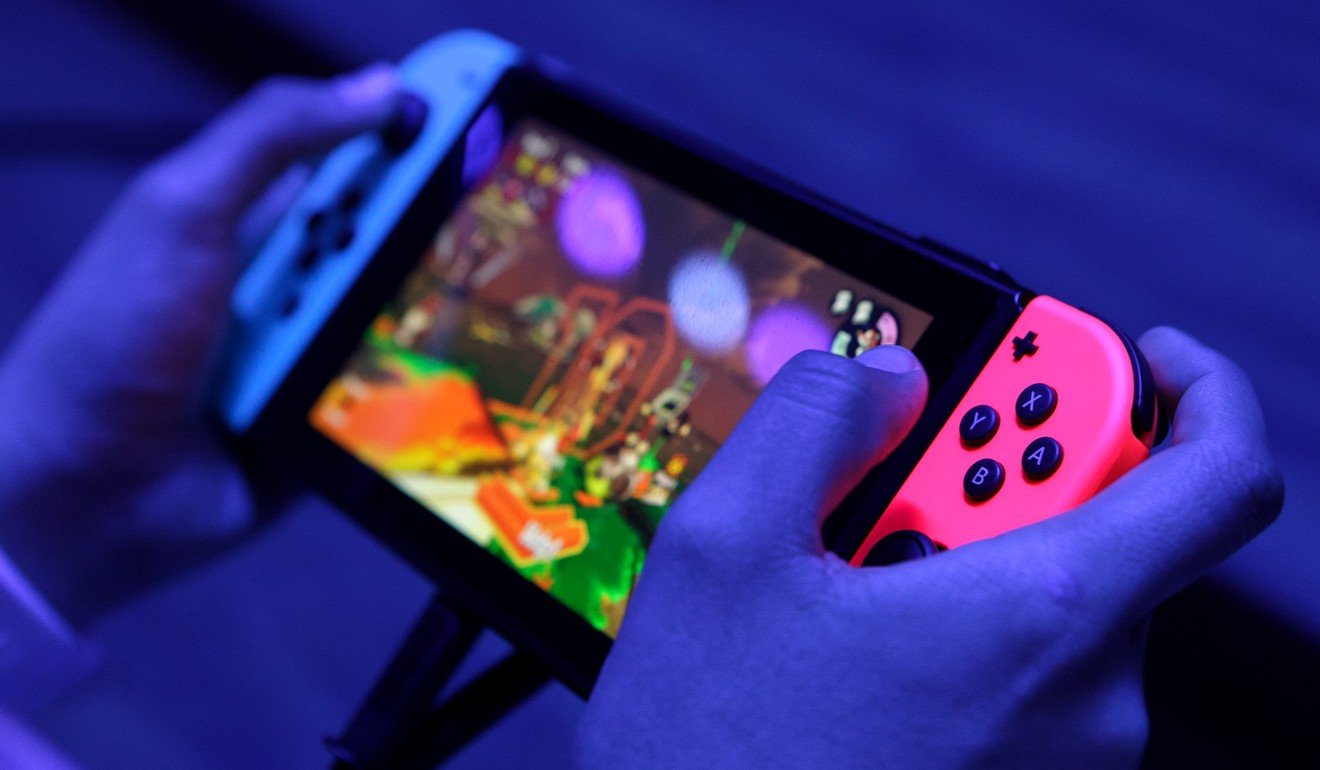
With Xbox One X, Microsoft hopes to ape Nintendo Switch’s success and show console gaming has a future
Ignoring critics, Nintendo bounced back from the flop of the motion-sensing Wii U by bringing out its Switch handheld console. Now Microsoft hopes to emulate this success by packing its latest Xbox with more power
Nintendo was hemmed in on both sides and in deep trouble.
The company’s Wii U console, an effort to add a small, semi-portable screen to the hit motion-sensing Wii, was a flop. And Nintendo’s handheld consoles, descendants of the legendary Game Boy, were suffering as people opted to play games on smartphones instead.
This was in 2014, the year the Japanese gaming giant recorded its third consecutive annual loss, a setback that followed decades of profitability. Critics called for the company to reboot its hardware, or perhaps reduce the emphasis on its own devices by bringing beloved characters like Super Mario or Zelda to smartphones.

“And they didn’t.”
Instead, Nintendo doubled down on its effort to build a console that combines mobile and living-room gaming, developing the Nintendo Switch.

Spencer’s Microsoft is now trying to pull off a similar rebound. His team is going back to the roots of the Xbox business: pushing the boundaries of the power you can pack into a gaming machine.
The company’s Xbox One X, unveiled at E3, is – as Microsoft’s marketing mantra repeated constantly – the most powerful console ever made, aimed at hardcore gamers who want every bit of graphical realism they can get.
Microsoft and Nintendo had taken a similar path: facing speculation that they would have to reboot or rethink their video-game businesses to respond to rival Sony’s dominance, they instead doubled down on what makes their devices stand out.

The current generation began in 2012, with Nintendo’s Wii U. Sony’s PlayStation 4 and Microsoft’s Xbox One followed a year later.
Sony, with a hardware package that was easy to use for both game developers and consumers, and a laser focus on drawing the best games, quickly took the lead.
Nintendo and Microsoft plotted their response – to varying degree of success.
While Nintendo helped establish video gaming as a popular pastime with Game Boy, its more recent efforts haven’t fared so well. With the Wii U flagging, Nintendo accounted for about 5 per cent of global console and console game sales last year, researcher IDC estimates. But instead of dropping the concepts the device explored, Nintendo dug deeper.
In October, the company announced a new console that kept the Wii U’s portable small-screen concept, but rebuilt the device as a sleek, table-like tool that could be plugged into a television dock for traditional play.
Nintendo’s internal game studios, in need of a hit to go with the new device, built one in The Legend of Zelda: Breath of the Wild, one of the best-reviewed games of all time.
Microsoft’s situation wasn’t so dire, but the company’s Xbox One, after marketing missteps that placed the focus on broader entertainment instead of games, was selling at just half the rate of Sony’s PlayStation 4.
Microsoft faced calls from outside observers to try to blow up the console market entirely and go with something different.
Persistence is just so critical. To learn, move forward, innovate again
Spencer, the Xbox chief, had voiced frustration with the console model and its tendency to make old games outdated. That, along with a renewed Microsoft embrace of PC gaming, had many analysts speculating, as they went into the E3 show, that the company would opt for a device that blurred the line between Xbox and PC gaming, perhaps with a new operating system or closer ties to Windows.
But the company’s research showed that while the growth in console gamers globally had stagnated over the past decade, people still identified as either a PC or console gamer, and were unlikely to drop one device entirely.
Building a PC box risked ceding the console market – which researcher Newzoo pegs at US$34 billion this year – to Sony.

The reception was mixed. Observers praised the promised capabilities of the device. But others thought that the demand for a US$500 Xbox – US$100 more expensive than Sony’s PlayStation 4 Pro – might not amount to much.
“They need to do something different if they want to make a meaningful run at Sony,” says Doug Creutz, who tracks video gaming at Cowen. “They need to shake things up.”
The Xbox One X builds on work the company has already done, and there’s plenty of room in the market for a focus on hardcore gamers, says Spencer.
He points to the Xbox Elite controller, which at US$150 is about US$90 more expensive than Microsoft’s standard controller.
“I had people saying, ‘I don’t understand what this is for’,” he says. “And if you remember, we couldn’t make enough to satisfy demand.”
Spencer, who has been with Microsoft’s gaming unit since 2002, is also a big Nintendo fan.
The roster of Nintendo consoles he has owned goes back decades to the SNES Nintendo 64. (He even has some nice things to say about the Game Cube, the relatively unloved turn-of-the-millennium console).
What impresses him about the company, he said in an earlier interview, is how it has stuck to its guns over the years, and learned as it went along. “It’s not like everything they’ve done has been as successful as the Wii.”
Spencer draws a line from the ultimately unsuccessful ideas in the Wii U to those that caught on with the Switch.
“Persistence is just so critical,” he says. “To learn, move forward, innovate again. That’s so important.”
He might as well have been talking about Xbox.

